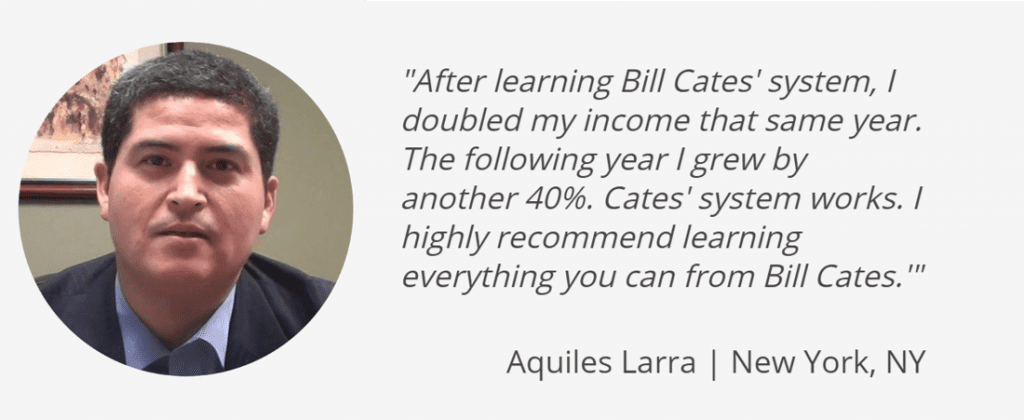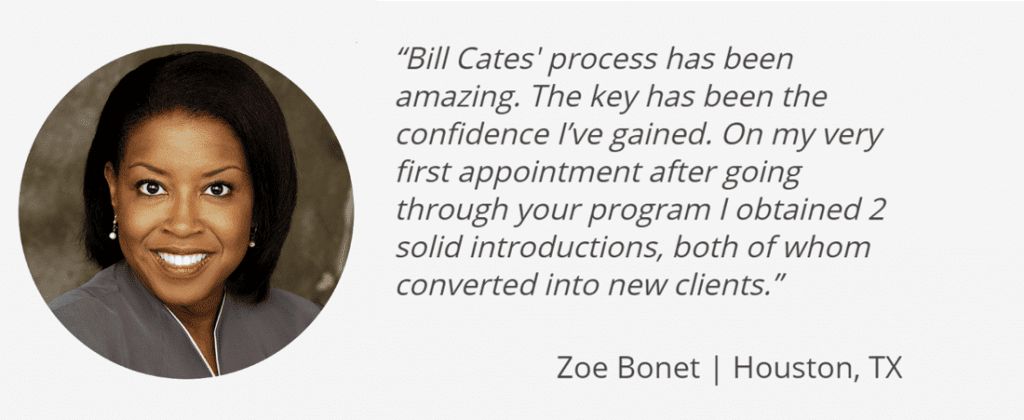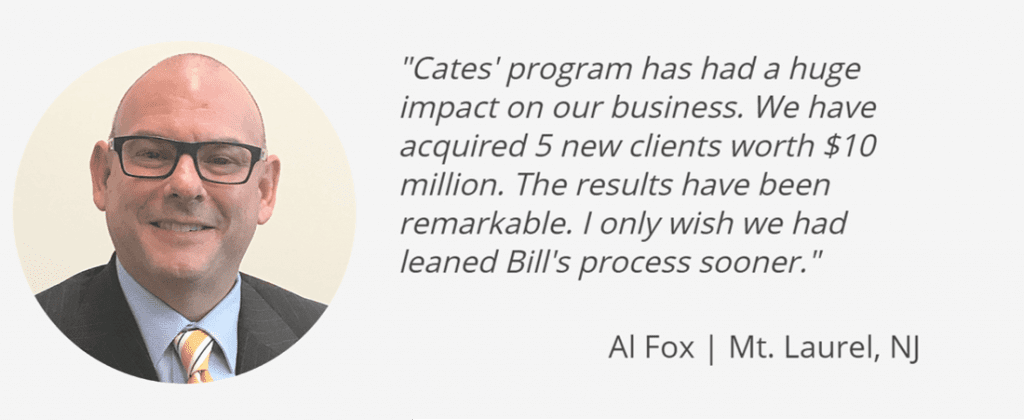Stop Taking On Wrong-Fit Clients

If someone isn’t right for your business, you’re probably not the right advisor for them. Agree?
It’s important that we create win-win situations.
What I’m about to share with you might take a little bit of courage, certainly a little bit of discipline, and a mindset of abundance.
The prime directive of what we’re about to discuss is, “What is best for the prospect?” AND “What is best for the client?”
If you come from that perspective, you’re usually going to do the right thing for yourself, as well.
Prefer to watch or listen? Check out the video below.
Who is a Right Fit and who is a Wrong Fit for your business?
I think that if someone refers you to a very close family member – like a parent to child, child to parent, perhaps a sister, brother… then maybe you take on that business as part of expanding the household and the overall relationship.
But beyond that, you better think twice. “Are you the right person to serve them? Will they take your business in the direction you want it to go and allow you to do the kinds of things you like to do? If not, it’s a wrong fit and you don’t want to take them on.
The Key is Qualifying
It’s always a great idea to teach your referral sources, clients, centers of influence, who you serve the best, who your practice or your business is geared to serve the best – so they know who to send your way. But they won’t always send the right people your way, and maybe sometimes they really don’t know the specifics for that person.
You may receive a phone call or an email from a prospect saying, “George said I should talk to you.” OR “Laura said you did a great job for her. I would like to talk to you.” Don’t get too excited yet. Maybe they’re not a great match for your business.
The first thing you want to do is qualify. You can respond, “That’s great. I appreciate that. I know I’m not the right advisor for everyone.” OR “I know my business model isn’t suited for everyone, so let’s talk, let’s see if it makes sense to meet.”
If you’re reaching out to someone whom you’ve been introduced, you can say, “Let’s set up a quick phone call to see if it makes sense for us to have a continued conversation.”
In the conversation, you describe a little bit about what you do, how you do it, and who you do it for. You want to give some parameters around money. It could be assets. It could be income. It could be other criteria. Usually, if that person doesn’t fit into your criteria, they will qualify themselves out – meaning – they will know that it’s not the perfect match.
Have an Alternative for Them
If you have someone you can refer them to, it’s easier to say, “No.” If you have a junior advisor or someone else that you trust to do a great job for them, you can introduce the prospect to them. You might say, “You know, I am not the right person for you, but I do have an associate who is perfectly suited for your situation. May I make that connection for you? It’s important that you’re working with the right person.”
If your firm has a Call Center, you can send the prospect there. In this way, the prospect gets the help they need and you don’t take on a wrong-fit client.
Now, if someone was referred to you, you still want to qualify; you want to see if it’s the right match. And if it’s not, you want to gently turn that business down or refer it to someone else.
Then – this is important – immediately get on the phone with the referral source and say, “Hey, Bob, I really appreciate that introduction to Laura. We spoke and I realized the timing wasn’t right for me to be working with her.” And then you could say, “And I did introduce her to an associate who is perfectly suited for her situation.”
Or you may just have to stop there and say, “And the timing wasn’t right for us to be working together, but I do appreciate the trust you have in me and I look forward to the next opportunity.” And that’s about it. Do not reveal any proprietary information, anything you shouldn’t say. And it’s true, the timing wasn’t right, regardless of the situation, right?
Later, when you’re having a conversation with that referral source, perhaps down the road at a review meeting, you can talk to them a little bit more about who you serve the best, who your processes are best suited for, but not right for the relationship of the referral you just turned down.
Courage, Discipline, and Abundance Thinking
Again, it takes a little bit of courage. If you haven’t been doing this up to this point, it takes discipline to just make sure to remember to qualify.
And it’s all under the prime directive, to borrow a term from Star Trek, the prime directive of what’s best for this other person. If you consider that, it will likely be best for you.
Virtual Referral Training is Here
Special Referral Stimulus Offer SAVE $200
You can learn and implement our proven process while working from home or not seeing clients and prospects face to face.
Get the details and join us: www.CatesAcademy200.com







